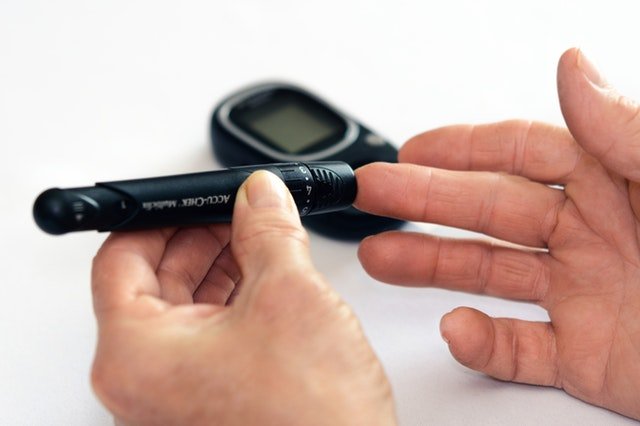
In a new study, researchers found that diabetes management may be dangerously misaligned.
They found that people with diabetes across the U.S. often receive treatment that is too aggressive or not aggressive enough.
The findings showed paradoxical trends in overtreatment and undertreatment of patients with Type 2 diabetes.
The research was conducted by a team at Mayo Clinic.
Diabetes affects nearly 1 in 10 adults in the U.S., of these millions, more than 90% have Type 2 diabetes.
Controlling blood sugar and glycosylated hemoglobin levels ― or HbA1c, which is sometimes referred to as A1C ― is key to diabetes management and necessary to prevent its immediate and long-term complications.
An A1C of less than 7% is the target for most people, according to the American Diabetes Association.
Sometimes Type 2 diabetes can be managed by diet and exercise. Most often, people also need medications or insulin to keep their blood sugar at a healthy level.
However, there is a fine line between enough treatment to prevent the complications caused by high blood sugars and too much treatment that could cause blood sugar levels to fall dangerously low ― a condition known as hypoglycemia.
According to the team, patients who are older or who have serious health conditions are at high risk for experiencing hypoglycemia, which, for them, is likely to be much more dangerous than a slightly elevated blood sugar level.
At the same time, the benefits of intensive treatment usually take many years, even decades, to realize. So many patients may be treated intensively and risk hypoglycemia for no real benefit to them.
The opposite is true for younger, healthier people with diabetes.
These people are less likely to experience severe hypoglycemia and are most likely to achieve meaningful long-term improvements in health with intensive diabetes therapy.
These patients should be treated more aggressively, meaning that doctors should not shy away from using insulin or multiple medications to lower the A1C.
The researchers examined the records of 194,157 patients with Type 2 diabetes, looking at A1C levels and the use of insulin and/or a sulfonylurea, a type of diabetes medication that stimulates insulin production, across multiple age groups and levels of clinical complexity.
The team specifically focused on the 16 comorbidities as warranting relaxation of A1C targets, and cautious use of insulin and sulfonylureas.
They found that the highest A1C levels — with a mean of 7.7% — were among people ages 18–44 and the lowest levels — with a mean of 6.9% — were among those 75 years and older.
Also, patients who had no comorbidities had the highest A1C — with a mean of 7.4% — while those with advanced comorbidities, including dementia, cancer or end-stage kidney disease, maintained the lowest A1C levels — with a mean of 7%.
The team found patients least likely to benefit from intensive glycemic control and most likely to experience hypoglycemia with insulin therapy were most likely to achieve low HbA1c levels and to be treated with insulin to achieve them.
They say most importantly, clinicians should continue to engage their patients in shared and informed decision-making, weighing the risks and benefits of glucose-lowering treatment regimens in the specific context of each patient, carefully considering the patient’s comorbidity burden, age, and goals and preferences for care.
The lead author of the study is Rozalina McCoy, M.D., a primary care physician and endocrinologist at Mayo Clinic.
The study is published in BMJ Open Diabetes Research & Care.
Copyright © 2019 Knowridge Science Report. All rights reserved.



